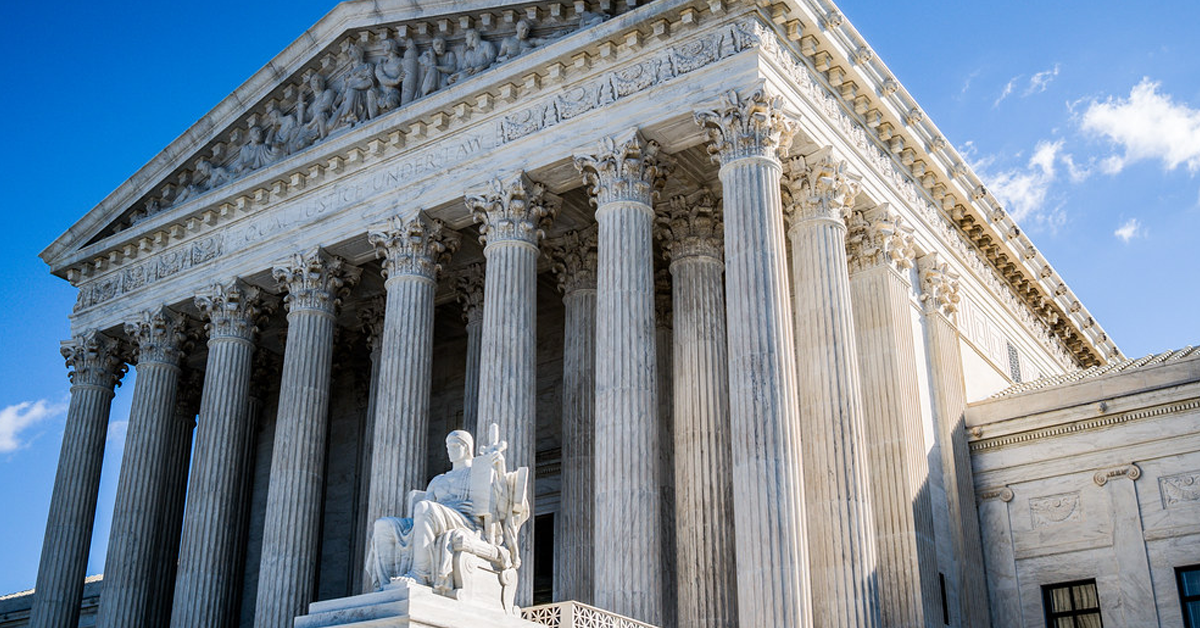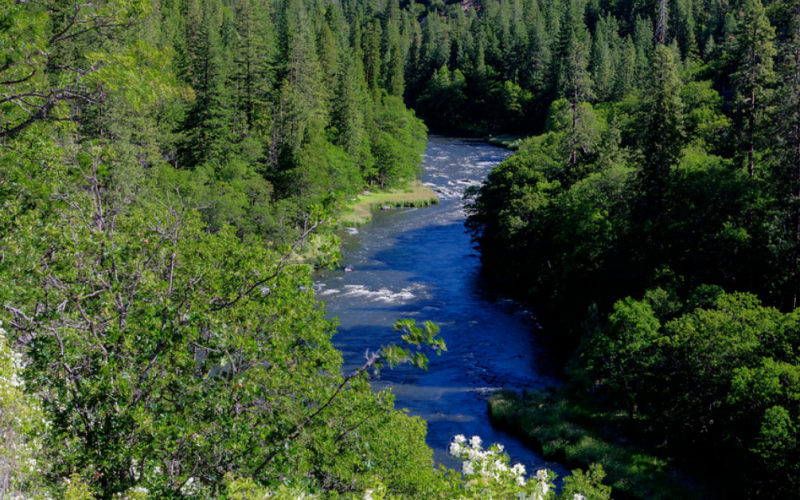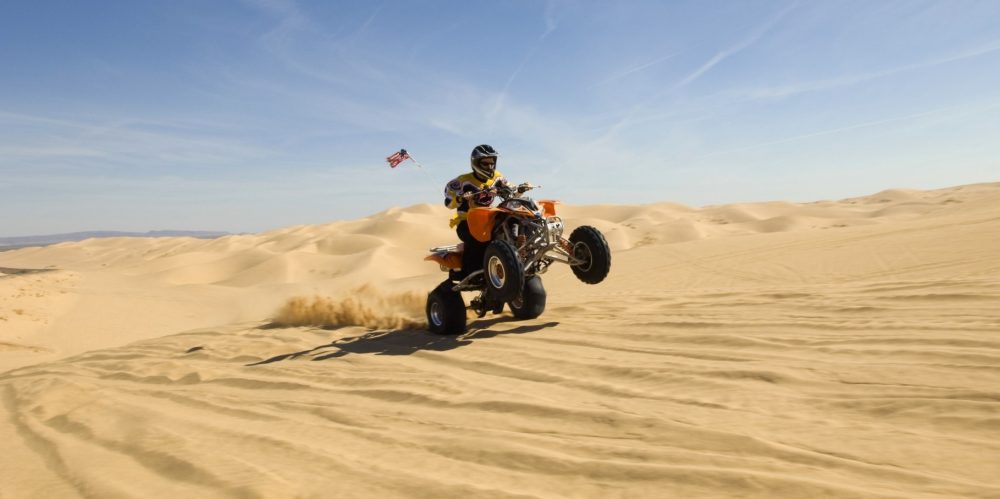Workers have begun breaching the final dams on a crucial section of the Klamath River near the California-Oregon border on Wednesday, enabling salmon to swim freely for the first time in over a century.
These efforts are part of the largest dam removal project in U.S. history.
The big picture: The removal process involves using excavators to dismantle the rock dams that have been diverting water upstream of two dams, Iron Gate and Copco No. 1, which were already nearly completely removed.
- This action will grant salmon access to critical habitat just in time for the fall Chinook spawning season.
Driving the news: This dam removal project precedes the scheduled completion of the removal of four towering dams on the Klamath, aligning with a national movement to restore rivers to their natural flow and enhance ecosystems for fish and wildlife.
- The project represents a broader trend of dam removal in the U.S., with over 2,000 dams already removed as of February, reflecting a shift towards restoring natural river flows and ecosystems.
The backstory: The Klamath River was once a major salmon-producing river on the West Coast, but the construction of dams by PacifiCorp between 1918 and 1962 severely disrupted the natural flow of the river and led to a drastic decline in the salmon population.
What we’re watching: The removal of the four dams along the Klamath River is not expected to significantly impact the power supply, as these dams accounted for less than 2 percent of PacifiCorp’s energy production.
- The project is estimated to cost about $500 million, with funding provided by taxpayers and PacifiCorp ratepayers.
- Despite the positive outlook for salmon returning to historical habitats and the river’s recovery, uncertainties remain regarding the timeline for the river’s healing and the return of fish.
- Efforts to revitalize the river and salmon habitats are ongoing, with expectations of early successes in the near future.
What they’re saying: “Our sacred duty to our children, our ancestors, and for ourselves, is to take care of the river, and today’s events represent a fulfillment of that obligation,” said Frankie Myers, vice chairman for the Yurok Tribe, in a statement.
- “I am excited to move into the restoration phase of the Klamath River,” said Russell ‘Buster’ Attebery, chairman of the Karuk Tribe, in a statement. “Restoring hundreds of miles of spawning grounds and improving water quality will help support the return of our salmon, a healthy, sustainable food source for several Tribal Nations.”











